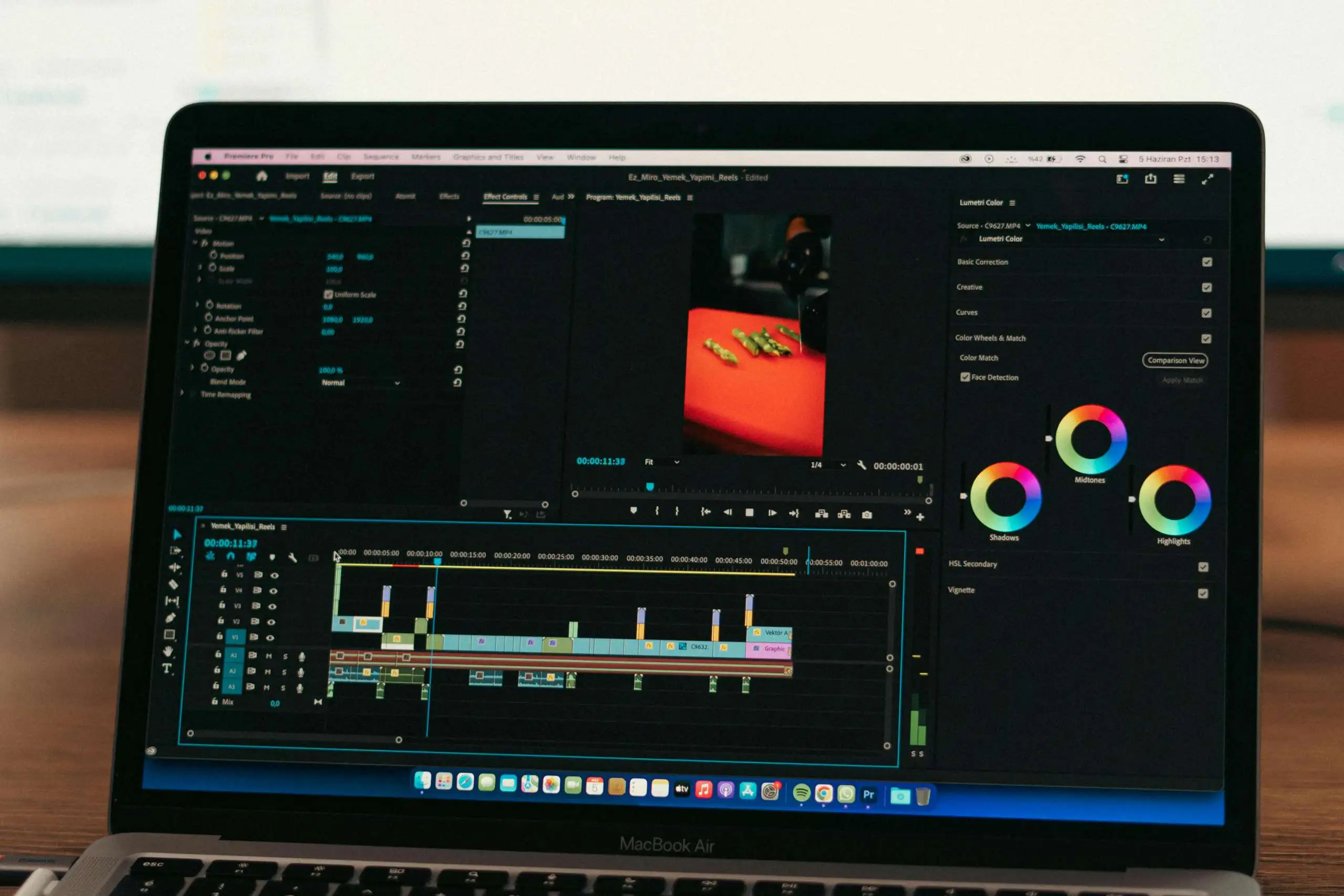
In today’s age, we live in a world where everyone has a mobile device. I still remember my first Nokia 3310 that I had and thinking back to that old Snake game I played. Me and my friends always try to see who could beat each other’s high scores.
Today most people have a mobile device, and we have apps for everything that fits into our lives. Some might solve problems; others keep you in contact when you are in the middle of nowhere and you miss your loved ones. A mobile device and our different apps have become so an essential part of our everyday lives a world without it is unimaginable.
But here’s the thing: when we create these apps, we need to have testing methods like mobile app automation and other processes in place to guarantee a high-quality application to the app stores before it gets to the user’s hands. Let me explain the reason why and why I think it’s for the better and an important part of mobile app development.
What is Mobile App Automation Testing?
Mobile app Automation testing is testing that consists of special automated testing software tools to execute test scripts on mobile devices. These test cases or test scripts are a set of instructions that are created to test something for you repeatedly without human intervention. These automation scripts will run across Android and iOS platforms using specialized mobile testing tools.
What types of Mobile apps do we get?
Native (iOS/Android) : These are apps for specific mobile operating systems an example of this is the App Store or Google Play. They are specific to certain mobile platforms.
Hybrid apps: These are apps that are created to work on more than one operating system. his type of app looks like web pages wrapped in a mobile app using WebView. An example of this are Facebook and LinkedIn.
Web apps: Web apps are designed to display web page on desktop and mobile devices. You don’t install an app. When you browse to the web page it will detect your screen size and switch to a mobile view.
Progressive Web Apps (PWAs) These are web app that can function offline. PWAs as web apps that are installable and available offline. Some are also connected to push notifications, and tied to location via GPS
What types of Mobile app testing do we get?
Performance Testing: Performance testing is in general is a testing practice performed to determine how a mobile device performs in terms of responsiveness and stability under a particular workload while running the app.
Functional Testing: Functional testing is a major quality assurance process and a type of black-box testing that bases its test cases on the specifications of the software component under test. Functions are tested by feeding them input and examining the output, and internal program structure is rarely considered. Part of Functional testing there are a few others that form part of this like:
Unit Testing: It’s the smallest testable parts of an application. The main objective is to isolate certain code to test and determine if it works as intended.
Regression testing: It’s testing that are done after a code update or merge before you go to prod to ensure that the update introduced no new bugs.
Integration Testing: Integration testing is a type of software testing where components of the software are tested as a unified group.
Usability Testing: This type of testing is done to evaluate the overall user experience to do certain things in the app and not get stuck at points inside the app.
Sanity Testing: This is a subset of regression testing because with sanity testing you will be performing testing as a checkpoint to decide if specific testing for the build can proceed or not like regression testing. You don’t want to start regression testing if the new code has bugs.
Security Testing: Testing mobile app security is like doing a safety check before the big launch. It’s all about making sure the security features in the app actually do their job and catch any mistakes in how they’re set up. This kind of testing can find sneaky little bugs that the developers didn’t even think about.
Usability Testing: This type of testing is something we conduct with certain users or people, the goal is to identify any usability problems, collect the data and determine product satisfaction with the app. Usability testing is done during the early stages of design using prototypes or Figma’s.
There are more types of testing, but these are the ones that stand out for me.
Why do we need Mobile App automation testing?
Increased Efficiency: The more features there are the more test cases there will be to validate. With automation, we can easily run test scenarios concurrently allowing us to test multiple features simultaneously.
Accuracy: It’s important to acknowledge that human errors can occur when testing manually but with automation the scripts are deterministic.
Increased Test Coverage
Scalability: We can run tests continuously, at any given moment, and scale them up to accommodate as many simultaneous tests as required. Manual testing simply cannot match this level of scalability.
Reusability: With Mobile automation the test scripts are reusable, and we can test on more devices.
Cost saving: There is an initial cost setup, but this is definitely a long-term investment. With mobile automation, we can save costs when it comes to bug detection early on in the development phase.
CI/CD: With Mobile app automation we can set up CI/CD to test the build when it gets created. All the time any time. This will give us sight into early bug detection before we release it to the app store. CI/CD is an essential component of modern software development practices.
What are the problems we face in Mobile automation why isn’t everyone using this?
Cost and Time Constraints: Implementing mobile automation involves initial setup costs, including tooling and infrastructure, as well as ongoing maintenance expenses. Additionally, developing robust automated tests can be time-consuming, especially for complex mobile applications.
Resources skill level requirement: Depending on the framework that you are choosing to implement some require a low to heavy level of coding experience. With this, it might raise the cost again.
Changing Requirements: In agile development environments where requirements frequently change, maintaining automated test scripts to keep up with the changing features and functionalities can be challenging and again this is where Cost and Time Constraints play a part to some degree. Some companies may prefer the flexibility of manual testing to adapt quickly to changing requirements.
Why do I believe that Automation of mobile app testing changes things for the better?
The fact is automation is much faster than any manual testing. Also, automation testing does not get tired. So, this means we can run it all the time any time 24 hours of the week.
The biggest factor is also its scalability and reliability to test accurately. We can run test scripts on as many devices as we want. This also gives us more test coverage. We are lowering the cost of testing and testing faster.
I firmly believe that when it comes to Testing, we need to be as accurate as possible. There isn’t any margin for error. When Testing makes mistakes and bugs are found in PROD, there is much more damage done than just a simple human error. It’s not just time and cost involved in getting it fixed but it can be damaging to the brand and the business. This is why we need to equip ourselves with tooling like Mobile App Automation testing that can be accurate 100% of the time.

